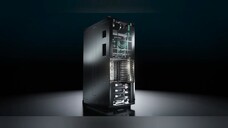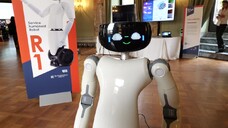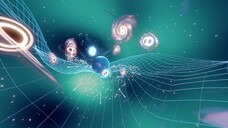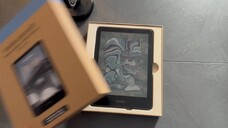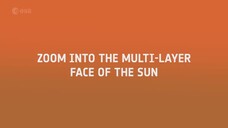An algorithm called Mela has learnt to weigh galaxies correctly by measuring their mass. The development, online on the arXiv platform and that is about to be published in the journal Astronomy & Astrophysics, is the result of an international research group led by China's Sun Yat-sen University and in which Italy participated with the National Institute of Astrophysics.
"We asked Mela to show us how he obtained his results and which data were most important in arriving at his conclusions," says Nicola Napolitano of Sun Yat-sen University, former INAF researcher and now professor at Federico University II of Naples, co-author of the study led by Sirui Wu. "The amazing thing is that we realized that the algorithm can understand the physics of gravity. Mela can use the laws of physics we already know, but soon Artificial Intelligence will also be able to learn the physics we don't know," he adds.
The study has shown that the methodology developed by the researchers also works with real galaxies. The researchers in fact compared the estimates made by Mela with those obtained through classical procedures: the results indicate that AI is able to calculate the masses of galaxies extremely accurately, using much simpler data and methods.
"The work was possible thanks to a path undertaken by our group, which in recent years has extended the applications of AI to various sectors of data analysis regarding large astronomical investigations," adds Crescenzo Tortora of INAF in Naples, one of the authors of the study.
Riproduzione riservata © Copyright ANSA






